Ensure Reliable Air Quality Testing with Professional Blank Sample Analysis from LCS Laboratory Inc. 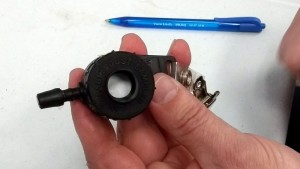
Accurate air quality testing is crucial for maintaining workplace safety and adhering to industrial hygiene standards. At LCS Laboratory Inc., we provide specialized blank sample analysis to ensure the reliability of your air sampling procedures. Blank samples serve as essential controls that help detect contamination in sampling media, contamination due to transportation, and handling, enabling you to make confident decisions about air quality in your facilities.
Expertise in Chemical Testing for Industrial Hygiene and Safety
LCS Laboratory Inc. specializes in advanced chemical testing tailored for industrial hygienists, consultants, and industrial clients. Our expertise in blank sample analysis provides invaluable insights into potential contamination risks and ensures the precision of your air quality data. By partnering with us, you benefit from industry-leading analytical techniques and comprehensive reporting, helping you maintain compliance with safety regulations and optimize workplace health.
Understanding Blank Samples in Air Quality Testing
Blank samples, or control samples, are vital components of air quality testing. These samples help identify contamination introduced during shipping, field handling, or laboratory processes. Below are the three primary types of blank samples we analyse and their significance:
1. Field Blank Samples
Field blanks are the highest-quality blank samples. These are unused cassettes from the same batch as your sampling media. To prepare field blanks:
- Receive the cassettes from our laboratory and inspect them in your office.
- Take the cassettes to the sampling site and open and close them as if actively sampling.
- Label the cassettes clearly and document their details on a request form.
- Return the field blanks with your sampled cassettes for laboratory analysis.
Field blank results can indicate:
- No Contamination: Results below the reporting limit confirm the reliability of your sampling process.
- Minor Contamination: Slightly elevated readings signal low-level contamination, which may occur during shipping or fieldwork.
- High Contamination: Comparable readings between blanks and active samples suggest significant contamination, rendering results unreliable.
2. Travel Blank Samples
Travel blanks are a widely used control, but their scope is limited. These cassettes are transported to and from the sampling site but remain sealed. Contamination detected on travel blanks reflects issues during shipping; however, they do not account for contamination introduced during field handling.
3. Laboratory Blank Samples
Laboratory blanks are added by our team during analysis to serve as a control when field blanks are unavailable. While these blanks demonstrate your commitment to quality control, they lack the comprehensive insights provided by field blanks.
Benefits of Choosing LCS Laboratory Inc.
By utilizing our blank sample analysis services, you gain:
- Enhanced Accuracy: Identify and eliminate sources of contamination to ensure reliable air quality data.
- Compliance Assurance: Meet stringent industrial hygiene and workplace safety standards.
- Comprehensive Reporting: Receive detailed analysis and actionable insights to optimize your sampling procedures.
- Trusted Expertise: Leverage our years of experience and dedication to chemical testing excellence.
Take the Next Step Toward Reliable Air Quality Testing
LCS Laboratory Inc. is committed to helping you build dependable air sampling procedures. Contact us today to discuss your project and learn how many blank samples you may need. For more information, explore our industrial hygiene page or email us directly. Let us help you achieve unparalleled confidence in your air quality testing results.


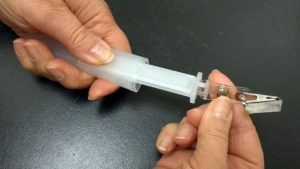

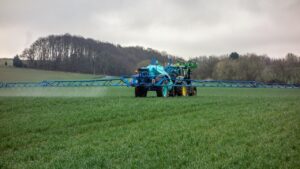
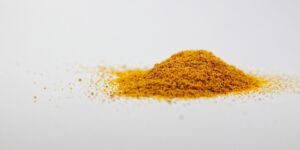

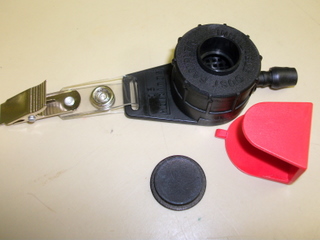
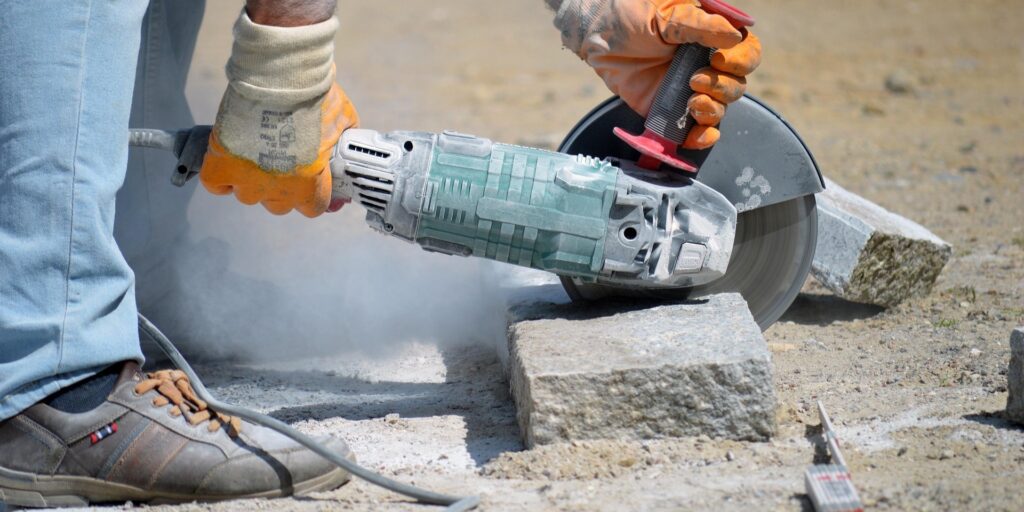
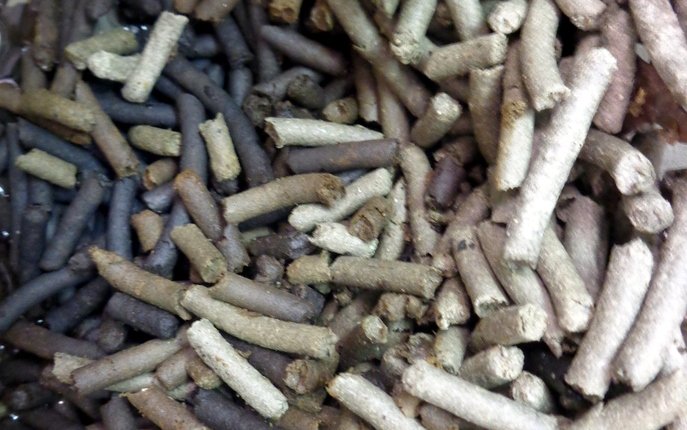



2 Responses
pls share for wastewater samplr. The field blank actually to test if the environment is contaminated with the analyte that we will check.
Hello Eva, We do not do environmental tests and my knowledge is purely theoretical. I believe the blank samples are not required as long as the sampling container was obtained from a reputable laboratory, which can certify its purity.